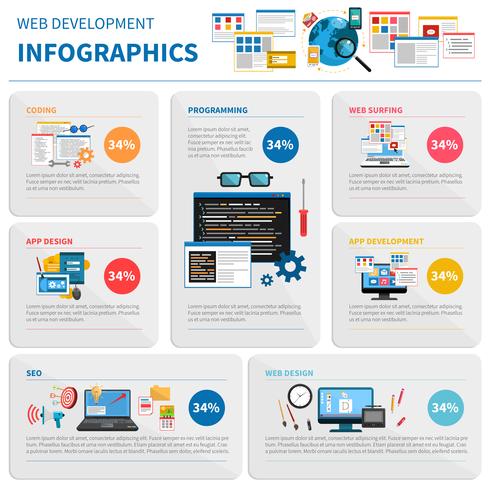Intrigued In Learning Just How Site Design Has Transformed Over The Years? Explore The Journey
Intrigued In Learning Just How Site Design Has Transformed Over The Years? Explore The Journey
Blog Article
Web Content By-Hartley Hejlesen
In the past, web sites were easy and focused on details. Navigation was straight, and style was for desktops. Currently, additional resources is vital. Information guides styles for simple navigating. Receptive designs suit different tools. Today, dark setting lowers strain, and minimalist menus improve navigation. Interactive functions involve customers, and vibrant visuals stand out. AI integration increases engagement. See exactly how layout has actually developed to improve your online trip.
Early Days of Web Design
In the early days of website design, simplicity reigned supreme. Websites were basic, with minimal shades, fonts, and layouts. The focus was on providing information rather than flashy visuals. Customers accessed the net with sluggish dial-up links, so rate and capability were crucial.
Navigating food selections were straightforward, generally located at the top or side of the web page. Sites were created for desktop computers, as mobile surfing wasn't yet common. Material was king, and developers focused on simple readability over complex style elements.
HTML was the primary coding language utilized, and designers needed to work within its constraints. Animations and interactive attributes were very little contrasted to today's criteria. Websites were fixed, with little vibrant web content or tailored individual experiences.
Rise of User-Focused Design
With the evolution of website style, a change in the direction of user-focused design principles has actually come to be increasingly popular. Today, creating web sites that focus on user experience is crucial for involving visitors and accomplishing organization objectives. User-focused layout entails recognizing the demands, choices, and actions of your target market to tailor the web site's layout, web content, and features as necessary.
Designers now carry out detailed research study, such as individual surveys and use screening, to gather insights and comments straight from users. This data-driven technique assists in developing intuitive navigation, clear calls-to-action, and aesthetically appealing interfaces that resonate with visitors. By placing the customer at the center of the layout process, websites can supply a much more personalized and pleasurable experience.
Responsive design has actually also emerged as a key facet of user-focused design, making sure that internet sites are maximized for different devices and display dimensions. This versatility enhances accessibility and usability, catering to the diverse ways customers communicate with sites today. In essence, the surge of user-focused layout indicates a shift towards developing digital experiences that focus on the requirements and assumptions of completion individual.
Modern Trends in Web Design
Discover the most recent fads shaping website design today. One noticeable fad is dark setting style, providing a streamlined and contemporary look while minimizing eye strain in low-light settings. An additional essential fad is minimal navigation, streamlining menus and improving individual experience by focusing on essential elements. Including micro-interactions, such as computer animated buttons or scrolling impacts, can develop a more interesting and interactive web site. Responsive design remains crucial, making certain seamless customer experiences across different devices. In addition, utilizing vibrant typography and asymmetrical formats can add visual interest and draw attention to certain web content.
Incorporating AI modern technology, like chatbots for consumer support or personalized recommendations, improves user engagement and simplifies procedures. Availability has additionally end up being a considerable fad, with developers focusing on comprehensive design practices to satisfy diverse customer requirements. Accepting sustainability by enhancing web site performance for rate and effectiveness is another emerging pattern in website design. Teaming up with customer comments and information analytics to repeat and improve design continuously is important for staying appropriate in the ever-evolving electronic landscape. By welcoming these contemporary fads, you can create an aesthetically appealing, easy to use site that reverberates with your target market.
Verdict
As you assess the advancement of site design from the very early days to now, you can see how user-focused design has actually come to be the driving force behind contemporary fads.
Embrace the trip of modification and adaptation in website design, always keeping the user experience at the leading edge.
Stay present with the most recent fads and technologies, and never ever quit progressing your approach to develop visually stunning and user-friendly sites.
Develop, adjust, and produce - the future of website design remains in your hands.
